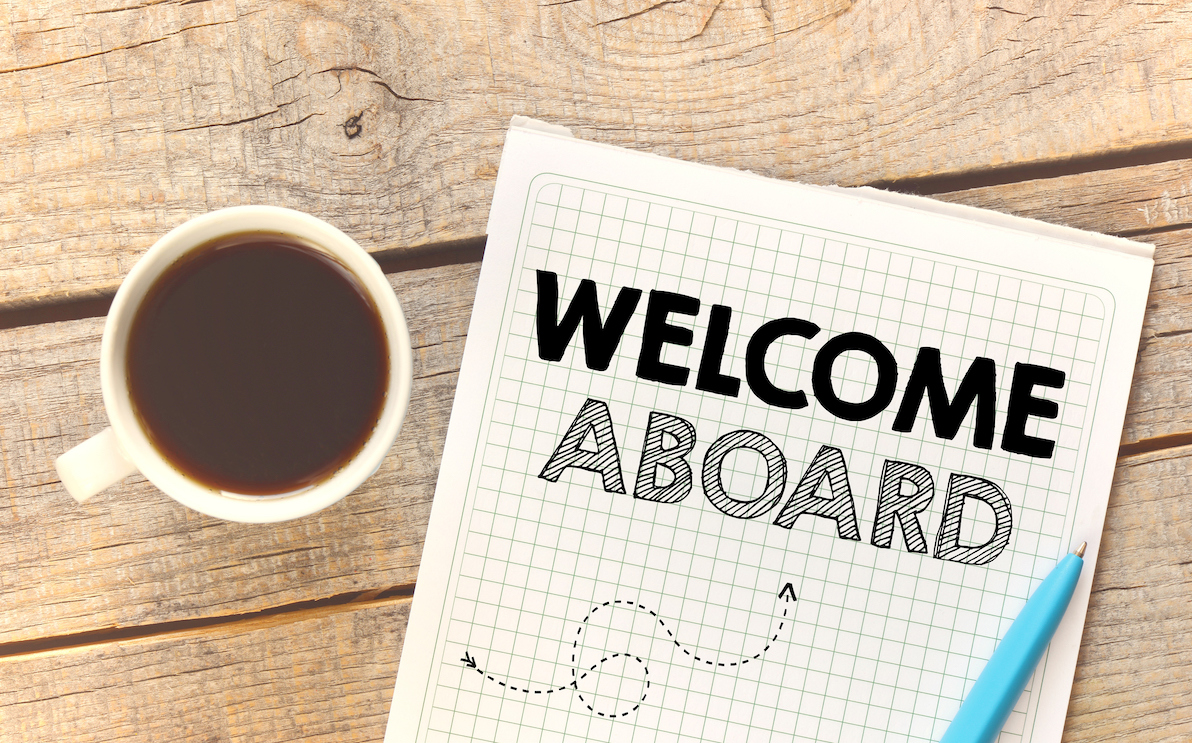Corporate buddy programs
March 17, 2025
We recently published a blog titled “Inclusive onboarding practices.” One of the tips that we included was establishing a “buddy system” in your organization to help new employees feel included. We thought that it was one of the most effective concepts we explored plus the most fun. Let’s take a deep dive! In this post, we will cover:
-The history of buddy programs in the workplace.
-Three reasons they are so effective.
-Five tips for starting a buddy program system.
Read the first post in this series: “Inclusive onboarding practices.”
Corporate buddy programs: a short history
Believe it or not, the first mention of “buddy programs” dates back to 1910. It is outlined in the OSHA Safety and Health Regulations for Construction for that year as “a system of organizing employees into work groups in such a manner that each employee of the work group is designated to be observed by at least one other employee in the work group. The purpose of the buddy system is to provide rapid assistance to employees in the event of an emergency.”
Three reasons why buddy programs are so effective
The reasons for initiating buddy programs might be a bit different from OSHA’s 1910 reasons, but they play crucial roles in productive organizations nonetheless. Today, the are about maximizing talent and contributing to DEI efforts.
Three top reasons companies use buddy programs:
Retention
As we have explored on this blog before, employees today don’t build loyalty overnight. In fact, they will wait and see how they enjoy their new roles in the first weeks before deciding whether or not to remain with a company. 70% of employees make such decisions in the first month, with 29% making them in the first week. And one of the top priorities for many companies, long-term retention, is determined within 44 days of a new hire’s time with a company (Bamboo HR).
Buddy programs not only ensure that onboarding will go smoothly, they also help new hires to build connections with team members and help them feel included and valued from their first day, things that lead directly to them enjoying a new role.
The role of buddy programs in DEI efforts is explored next.
DEI efforts
Employee inclusion means that employees feel valued and respected. Organizations need to take a multi-faceted approach to this area of DEI programs, as employees will feel valued and respected (or not) for different reasons. In the initial days after being hired, these will include the ways management goes about preparing them for success.
According to Bamboo HR, the top reasons new employees feel dissatisfied in the early days with a company include:
-No clear points of contact for questions (65%)
-Not having a single person acting as an onboarding guide (50%)
-No clear manager (44%)
One clear solution or way to prevent the above is to equip new hires with a clear go-to person who is charged with their onboarding specifically. When done effectively, a buddy program is a natural way to provide that.
Faster learning curve
Other top reasons for new employees to become dissatisfied in their early days with a company relate to the challenges they experience with the learning curve of feeling successful in their roles:
-Not enough training on company products/services (62%)
-Lack of access to essential tools (58%)
-Technology issues (e.g., malfunctioning computers, lack of setup, etc.) (51%)
In short, new team members feel that adapting to and becoming comfortable in their role comes slowly, and with stress. A well-trained “buddy” can help to shorten the learning curve significantly.

What buddy programs look like
Creating an effective buddy system is a process with some trial and error. Some of the basics include:
Determine your goals
Do you think a buddy system sounds good, or are there specific outcomes you are hoping to achieve? Set a succinct goal for the trial of your program that will make the creation more straightforward. Once your initial goal is achieved you can expand the program. Some goals may include:
-Streamlining training
-Communicating company culture and building loyalty
-Assigning clients to new hires in a shorter amount of time
-Learning about new team members and their skills
-Retaining more employees after the “X” month mark
Selecting which team members fit the “buddy” role.
Not all team members are suited for participation in your buddy programs, which actually provides a “win” for your organization as it allows more opportunities to utilize team members according to their skill sets.
Says Indeed.com of selecting buddies:
“A successful buddy system requires finding those employees that have the characteristics needed to perform their duties well. Consider interviewing potential buddies or noting when employees display those characteristics for future reference. You might also ask managers to recommend members of their team who show patience and deep knowledge of the company’s processes.”
Indeed lists the following as some of the characteristics of a good buddy:
-At least one year of experience in the workplace
-Patience
-Familiarity with the culture and processes of the company
-Strong performance in their position
-Understanding of the new employee’s job description
-Willingness to guide and teach others
-Ability to balance time between helping their buddy and performing tasks
-Positive reputation among coworkers and managers
More on workplace dynamics:
Active listening in the workplace
<< Back to Blog Posts

